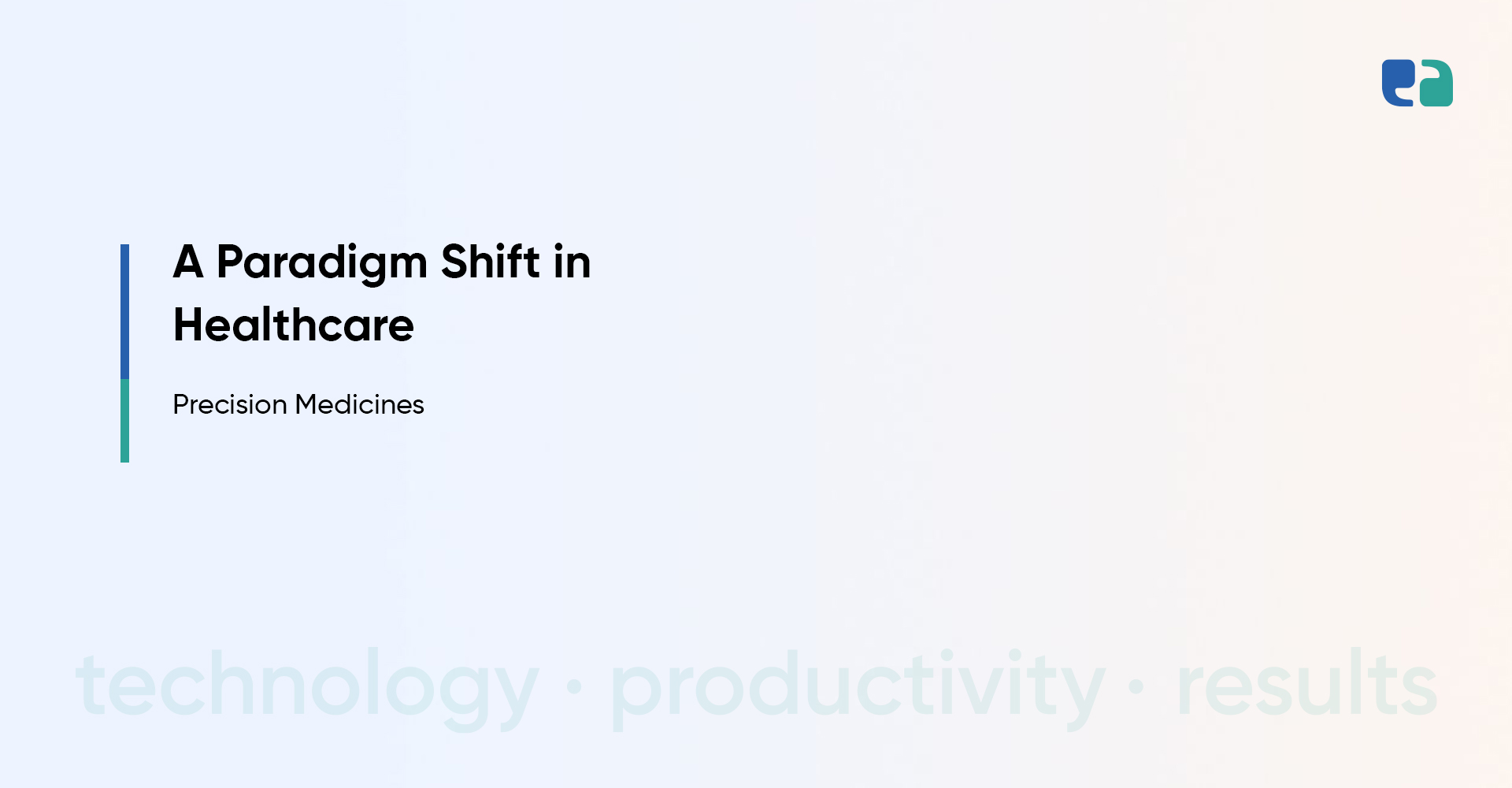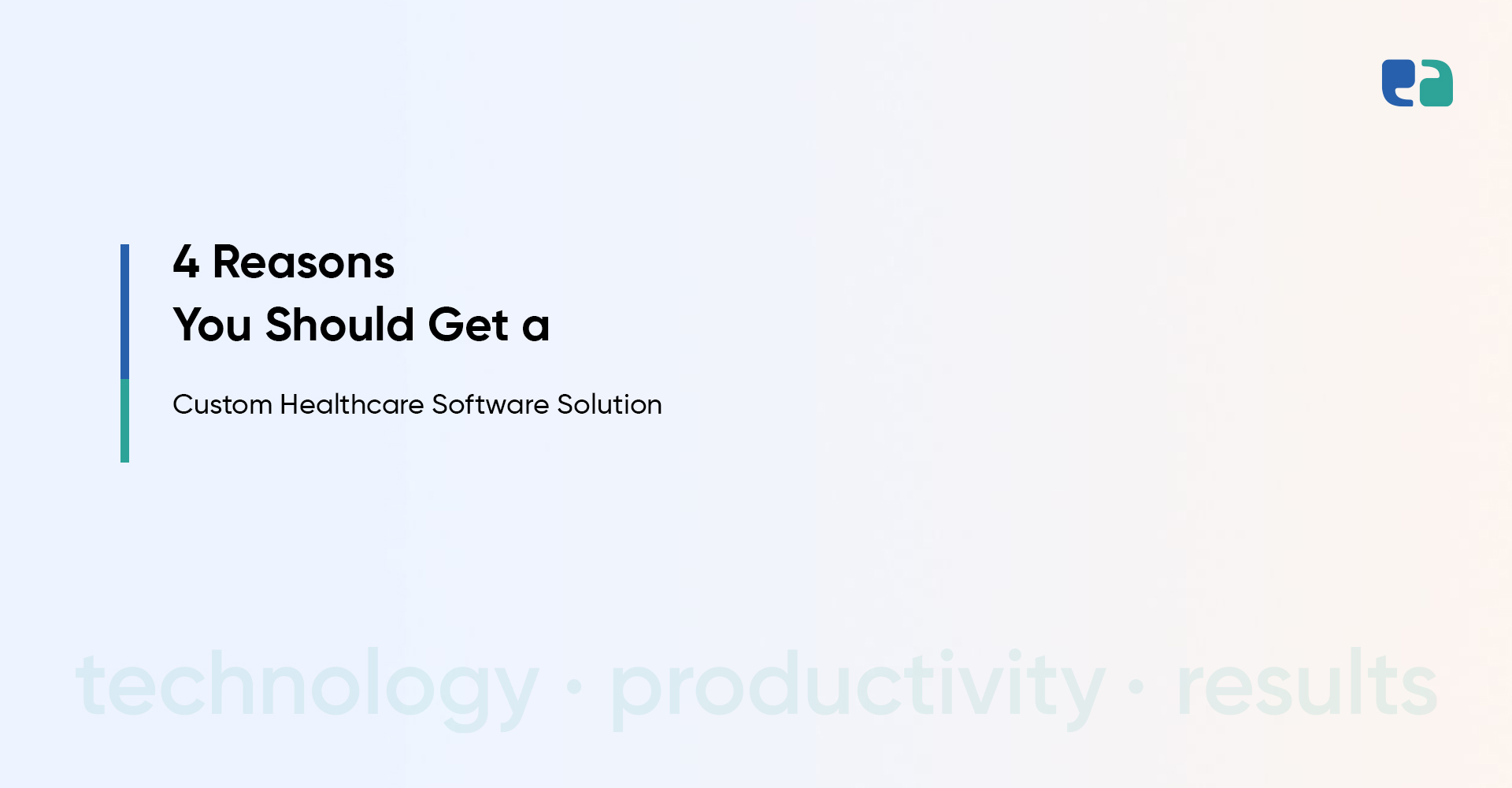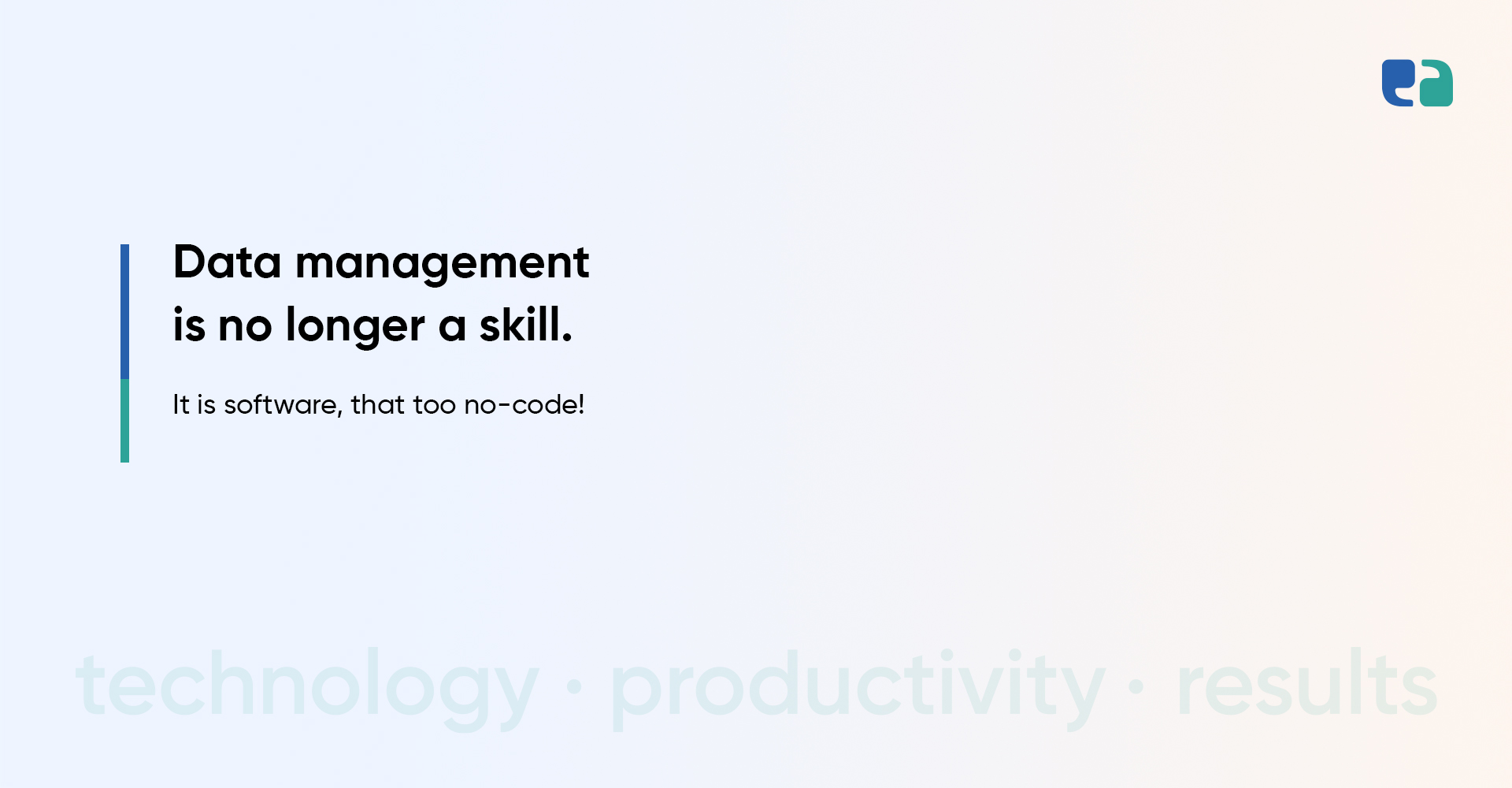Survival of the Fittest - Applies to the Healthcare Software World Too!
Historically, the software development industry always had either been delayed or failed to meet the standards of the healthcare industry.
But ever since the pandemic,
The software industry has delivered a way beyond what healthcare professionals have ever been ready for!
This imbalance leads to both: the overnight success of any new software technology and the overnight disaster of reputed healthcare solutions.
In our case, this reputed healthcare solution which now stands on the verge of complete collapse is none other than patient management software.
But what will replace it are no-code platforms?
The change has already started.
We are now somewhere between the transition phase.
You may wonder why.
Well, because, no-code platforms have two more layers that providers either can customize as per their workflows by simply dragging and dropping the elements or keep using the default layer that is built and delivered by the tech company.
Hence, no-code healthcare platforms are more versatile, flexible, ROI-driven, and limitless.

Understanding No-Code Patient Management Software vs Traditional One in Detail
Imagine you’re buying a property – an apartment.
Level one here is – fixed walls that together make your apartment.
But what if the construction company somehow applies a solution and builds an apartment with movable walls?
You can make changes to your apartment as per your needs.
And what if, you receive other extra elements as add-ons?
You can fix it in your apartment the way you like and make it the most personalized one.
Level 2 here is – movable walls which let you make changes in level one.
Level 3 is – extra elements as add-ons that you can add and further make your apartment compliant with your ever-changing needs.
The moral of the story is
You don’t need to adjust yourself to whatever that construction company delivers you.
You can give it any shape you want, as per your needs.
A similar concept applies to no-code software for patient management.
Level 1 – Your tech company builds software and delivers it to you or they have already one – readymade, giving you a white label.
Level 2 – You can make changes in that software by simply dragging and dropping the elements that have already been there.
Level 3 – You can add extra elements to meet your custom workflow needs more precisely.
These software elements include
- Checkboxes
- Radio buttons
- Dropdown lists
- List boxes
- Buttons
- Toggles
- Text fields
- Date fields
And to give a new fresh look (in terms of operations and usage) to already built software (level 1), you would not require any coding knowledge.
You just need to drag and drop or add the elements.
Thus, it is called no-code.
How Does It Compare with Traditional Patient Management Software?
Not only patient management, but all such kinds of software only have level 1 – the fixed ‘walls’ of the software which you have to adjust your operations in between.
To fit your custom needs in it, you either require new software or upgrade the existing one by paying extra.

A Visual Example of a No-Code Platform
Unfortunately, there is not yet a healthcare no-code platform available in the market on a large scale (except the one we have built).
Thus, we have to give a non-healthcare example.
ClickUp is a very popular project management tool.
And we have been using it since V 1.0.
Though ClickUp has never marketed it as a no-code ‘project management’ platform, we see it in that way only.
Because, it enables us to use it the way we want, by customizing it as per our workflows.
And all this, with just adding the elements, very seamlessly.
See the following short clip of ClickUp to have an idea of what levels 1 and 2 would look like in no-code software for patient management.

Here, as you can see, there is level 1 – an existing ClickUp app with certain fixed elements.
You are in level 2, when you are creating a New Space as per your custom needs by giving the status name, color, and setting up the conditions.
You can be called in level 3 – when you add extra elements such as a new text block under Create New Space’s existing text blocks. (This isn’t shown here)
ClickUp is a good no-code example.
But unfortunately, it is not healthcare-specific and most importantly, not a native no-code patient management software.
(It is worth mentioning that some no-code platforms are limited to levels 1 and 2 while some accommodate all levels 1,2,3. A platform is not called no-code if it only has level 1.)
The Future of Healthcare is No-Code. Thus, We Seized It by Working Relentlessly on Something Epic for the Last 2 Years
Of course, being a healthcare-specific IT company, it is a cakewalk for us to build custom patient management software with limitations to level 1.
We actually built it for several clients.
But we wanted something more sustainable and scalable that could benefit the entire healthcare industry while not causing trouble for anyone financially.
Hence, we invested our best resources in building something very epic.
The first of its kind.
It is the future of patient management. In fact, it is the future of entire healthcare management.
So, if you are genuinely interested, we are very excited to give you a live demo of it in our virtual call along with its costing details.
Here is a small glimpse of it. (The real one)




